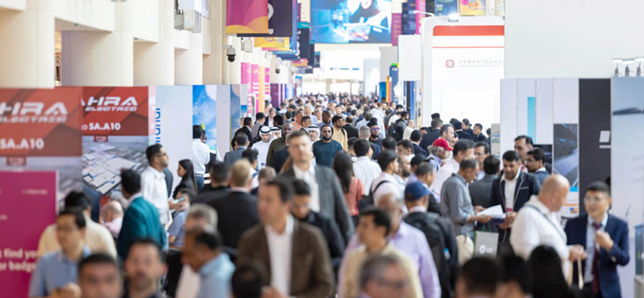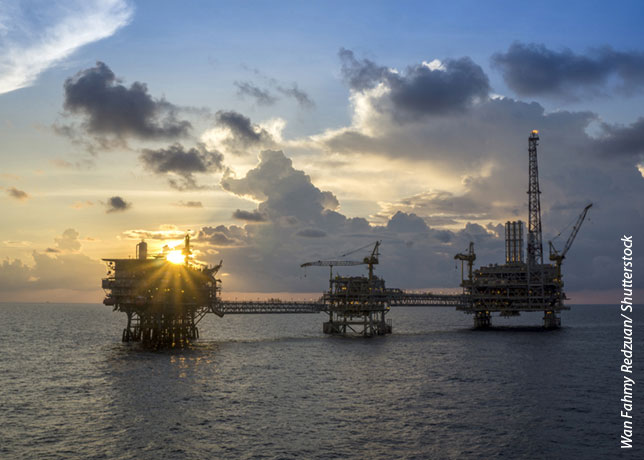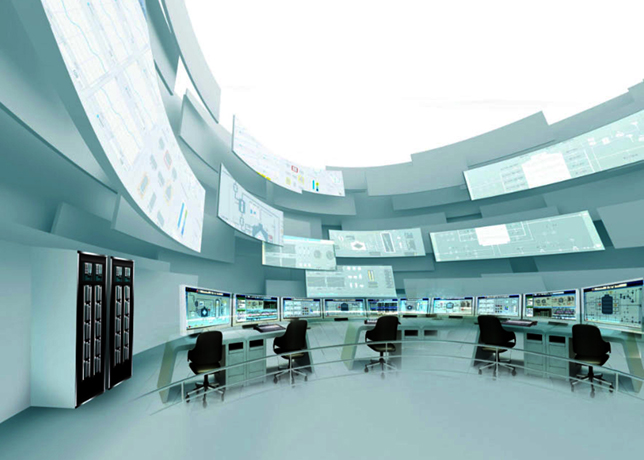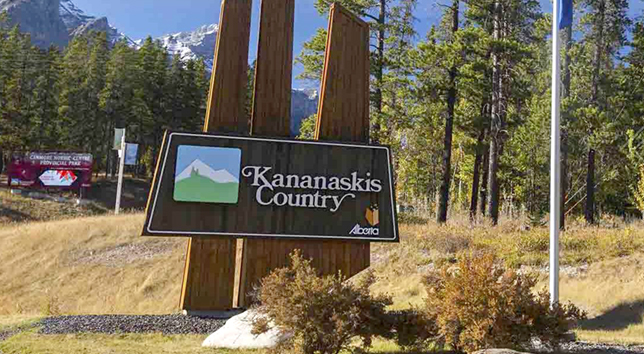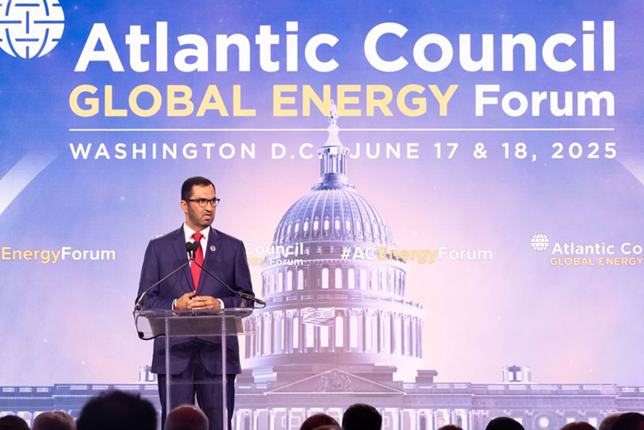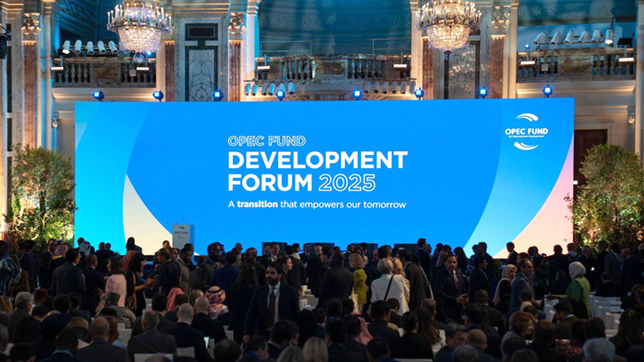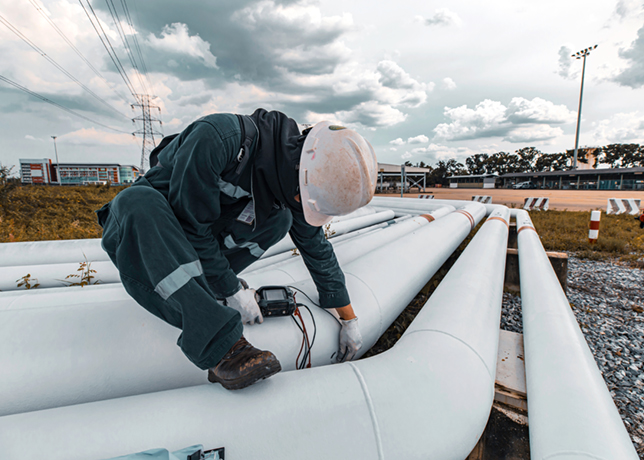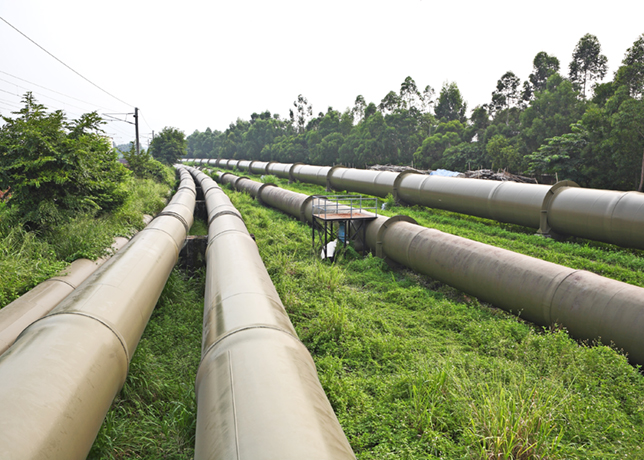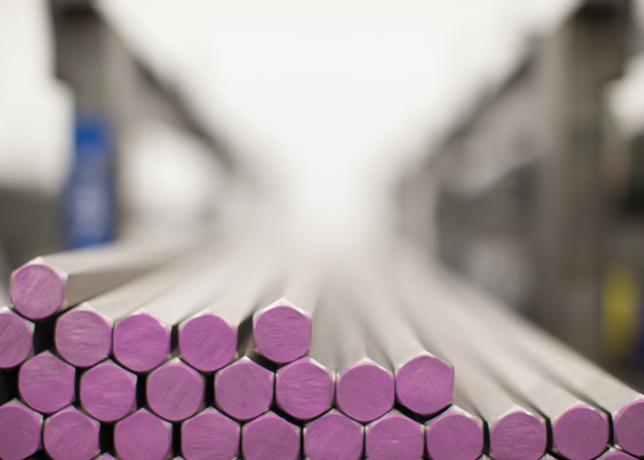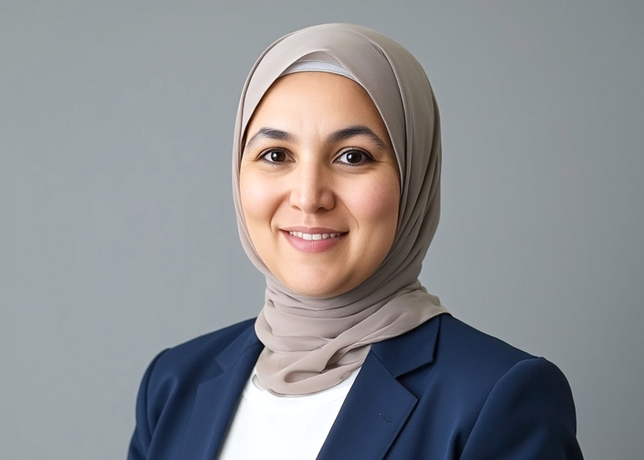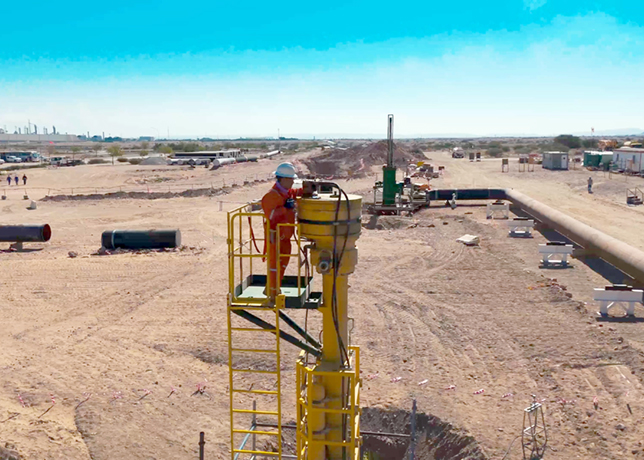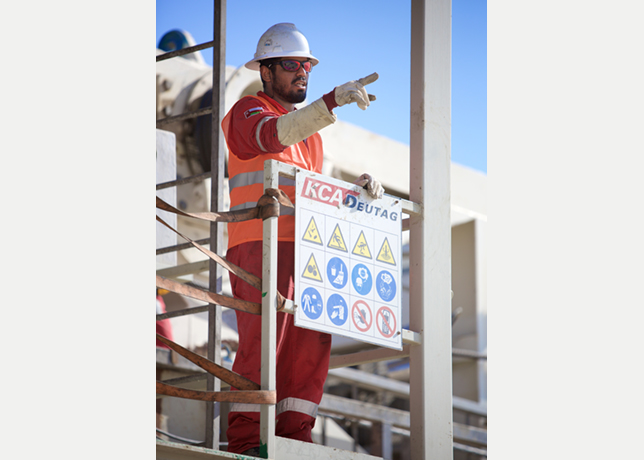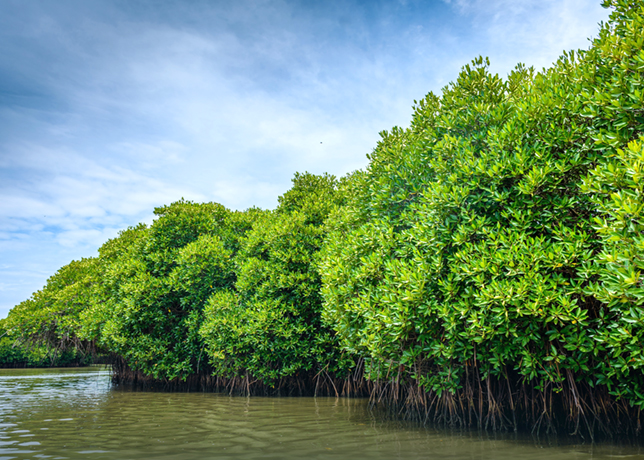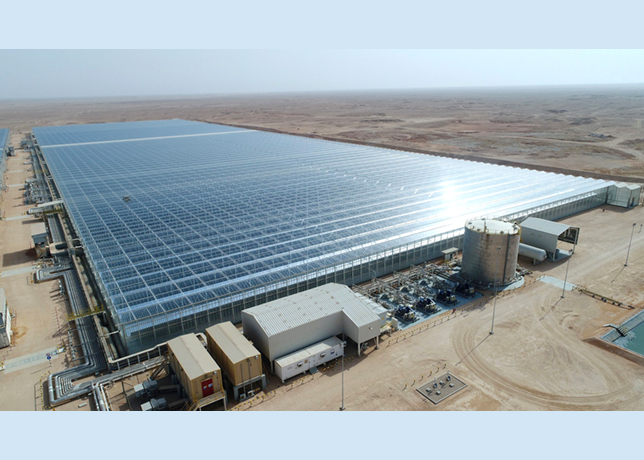
 PDO dominates the oil and gas industry in Oman © Petroleum Development Oman
PDO dominates the oil and gas industry in Oman © Petroleum Development Oman
OGN: Could you elaborate on the key role played by PDO in Oman’s oil and gas sector as well as in Oman’s economy in general?
I think it is fair to say that PDO was the genesis of the oil and gas industry in Oman.
It first discovered commercially viable oilfields and developed them into productive assets, and it constructed the gas-processing plants and gas pipelines that fuel the nation’s power plants and desalination plant.
To this day, PDO dominates the oil and gas industry in Oman. We produce more than 80 per cent of the crude oil that is exported from the country, and we supply nearly all the gas for the Government - including all the gas that is liquefied for sale in Oman.
As far as PDO’s place in the economy of the country, I can do no better than to cite a recent statistic issued by the Ministry of National Economy: PDO’s activities directly and indirectly accounts for nearly half of Oman’s gross domestic product - that is, the total value of all goods produced and all services delivered in the country.
OGN: How has PDO tackled the geological uncertainties and production problems in Oman?
Oman is renowned for the variety and complexity of its geology. So PDO has always relied on advanced technology not only to find oil and gas fields but also to extract hydrocarbons from them in the most cost-effective way possible.
The unusual ‘stringer’ formations in the vicinity of Harweel in the south of the country, for instance, not only are very deep but also are encased in a thick layer of salt. Their discovery, beginning in 1997, required massive amounts of seismic data to be acquired and processed with sophisticated techniques. Advanced technology is also giving some of our older fields a new lease of life. By injecting steam into the Qarn Alam field, for instance, we know we can enhance the natural recovery process there and bring the oil out much, much faster.
But developing the field in this way is extremely complicated and requires detailed computer modelling of fluid movement in fractured rock formations. PDO has constructed state-of-the-art three-dimensional fracture models for this purpose.
Especially now, we at PDO have to seize the opportunities offered by technology to counteract the natural decline of our fields’ production levels. Some of the tangible benefits of the opportunities we have already seized - in managing the thousands of wells producing hydrocarbons from many more than a hundred reservoirs, for example - have already been substantial. But the panoply of technologies that holds the greatest potential benefit for PDO are those employed in what we refer to as enhanced oil recovery (EOR): the application of heat, chemicals or gas solvents to alter the way oil or injected water flows in a reservoir.
OGN: Could you tell us about the enhanced oil recovery (EOR) and well and reservoir management programmes?
Well and reservoir management is one of our key priorities. We must continually monitor the production of our wells and continually adjust valves, pumps and compressors to optimize their production.
To this end, we have introduced process-control automation and data-telemetry units at many of our fields. We must also revise our development plans in each of our fields according to the data we collect. By doing so, we will be able to raise the fields’ recovery factors: the percentage of the oil originally in place that is ultimately produced.
But there’s no doubt that PDO’s major capital investments over the next several years will be its EOR projects. I’ve already mentioned the Qarn Alam steam-injection project, which is one of them. But we also have an EOR project at Harweel based on a completely different recovery mechanism: miscible-gas injection. All in all, some 20 per ecnt of PDO’s production will eventually come from these two EOR projects.
OGN: Maintaining the environment is very important for PDO. Could you tell us more?
PDO’s respect for the environment is firmly embedded within the concept of sustainable development that guides all our activities. The aim is to strike the right balance between successfully delivering oil and gas to the Company’s shareholders whilst respecting the welfare of the natural environment and of society.
Let me give you some specific examples of the things the Company does to safeguard the environment. PDO conducts environmental impact assessments before beginning all major projects; it has implemented a programme to reduce the continuous flaring of gas; it has established innovative water-treatment facilities based on high-tech membranes and low-tech fields of reeds. Finally, it instituted an environmental management system that was certified in 1999 to comply with the international ISO 14001 standard. (And since then independent auditors have periodically confirmed that the system continues to meet the ISO 14001 standard.) Because of these achievements - as well as others - PDO recently won the environmental “Oman Award for Excellence”.
OGN: Could you highlight the safety measures undertaken by PDO?
The safety of both employees and non-employees alike is paramount for PDO. What’s more, we have tried to instill a philosophy of continual improvement throughout the Company in this regard: we never relent in improving our safety performance.
Take our road safety initiatives, such as compulsory driving courses and in-vehicle monitoring systems in high-exposure vehicles. Over the past several years these efforts have resulted in a significant drop in the number of road-related accidents from which we and our contractors suffer. Incidentally, our safety initiatives - like our environmental initiatives - have also shown an additional benefit in our business performance. We have discovered that a safe and environmentally conscientious company is also an efficient company.
OGN: Could you elaborate on PDO’s Corporate Social Responsibility? What has PDO achieved through its programmes?
There probably is no other company that has contributed as long or as extensively as PDO to the betterment of Omani society. But many people in Oman may not be aware of it, because the bulk of our contributions have been part and parcel of our day-to-day operations.
Business and employment opportunities, vocational training, roads, water, utilities and other infrastructure - these are all things we have been quietly providing together in co-operation with the Government and local leaders for decades to interior communities.
For many years PDO has also been awarding scholarships to talented children so that they can go to primary schools, secondary schools and universities to develop their minds without their families having to worry about the money. In addition, the Company donates money every year in response to around the 500 requests we receive for support for various educational, sporting and health-related events, as well for numerous conferences and exhibitions.
We do, of course, also make higher-profile contributions to Omani society. We have, for example, a long-standing tradition of giving a “Gift to the Nation” on National Day milestones. Last year, to celebrate the 35th National Day, PDO worked with the Royal Oman Police to establish the nation’s first Traffic Safety Institute.
As I mentioned earlier, for many years PDO has taken steps to reduce traffic accidents associated with our operations. Now the Company is sharing its long experience to promote driver safety nationally, to help make Oman’s roads safer for all.
OGN: Training is key to PDO’s success. Could you tell us about the various training programmes undertaken by the company?
Sure. Last year PDO dedicated a total of 17,500 man-days of training (excluding mandatory training related to health, safety and the environment) and $6.4 million to the development of its Omani staff. But let me say something in particular about the Company’s EOR training.
I mentioned earlier how PDO must develop an in-house EOR expertise, and that necessity has re-invigorated our training programmes. EOR projects, by their very nature, tend to require experienced staff who have higher education levels and who understand the complicated feedback dynamics involved in that kind of oil production.
The many variables governing the injection of steam or gas into a reservoir have to be constantly adjusted to optimise a field’s production. Consequently, the tools of operation are a lot more complex. Operators are also exposed to additional health and safety risks, as high-pressure toxic gases are sometimes involved. PDO needs people who thoroughly understand EOR. And because Oman has no previous history of EOR production, there are currently relatively few Omanis with the necessary expertise.
We aim to rectify that situation, however, through extensive in-house training programmes that will give Omanis the necessary knowledge about EOR. The Company has also been sending selected members of its staff abroad to gain specialised experience.
OGN:. What then are the plans for the future?
To be brief, I can summarise them as follows: In the short term, by which I mean over the next five years, we look to produce oil and gas in as cost-efficient a way as possible from our existing fields according to existing development plans. That’s why it is imperative that we drill and complete wells and construct and commission facilities on time and on budget.
But we must be careful not to devote too much of our capital and human resources on the short term, because we also need to prepare ourselves now to maximise the value of our hydrocarbons later. We have to devote some resources over the next 10 years to properly plan conventional field developments as well as EOR projects, so that we can replace the reserves that will be produced in the short term.
Finally, we can’t neglect the long term, by which I mean the timeframe, say, beyond 2015. We have to devote some resources now to search for hydrocarbons; we are confident that there are still some oil and gas fields out there that remain to be discovered. And we must also devote some resources now to thoroughly understand the reservoirs on which we will depend for our production in the long-term future.
We must also do all we can to satisfy the Government’s plans for the development of the nation’s gas business, which adds another layer of complexity to our plans. In fact, about 30 per cent of the hydrocarbon energy that PDO currently supplies to its shareholders comes from natural gas. And that percentage is likely to increase. So we must continue to be successful in finding gasfields and bringing them on stream quickly.











